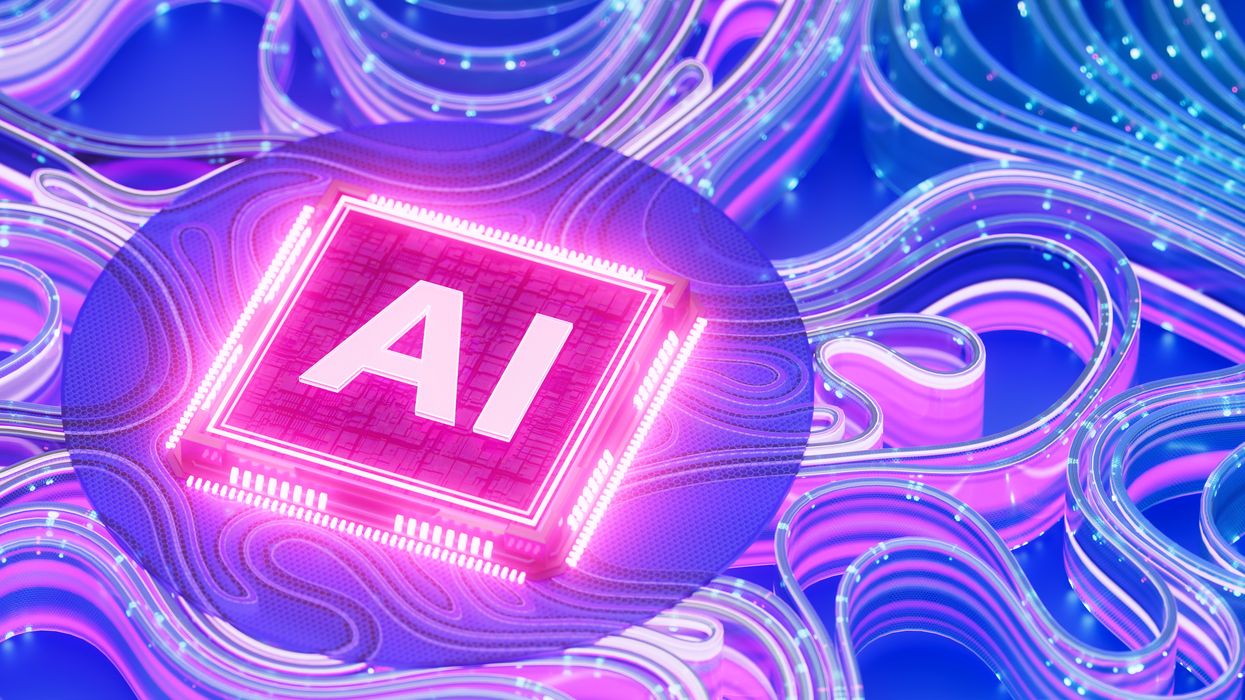Why does The Fulcrum feature regular columns on health care in America?
U.S. health care spending grew 9.7 percent in 2020, reaching $4.1 trillion — 19.7 percent of the gross domestic product. Over the long term this is clearly unsustainable. If The Fulcrum is going to fulfill our mission as a place for informed discussions on repairing our democracy, we need to foster conversations on this vital segment of the economy. Maximizing the quality and reducing the cost of American medicine not only will make people's lives better, but will also generate dollars needed to invest in education, eliminating poverty or other critical areas. This series on breaking the rules aims to achieve that goal and spotlights the essential role the government will need to play.
Pearl is a clinical professor of plastic surgery at the Stanford University School of Medicine and is on the faculty of the Stanford Graduate School of Business. He is a former CEO of The Permanente Medical Group.
As consumers, we typically assume there’s a positive correlation between price and quality. We expect the $40 toaster to have distinct advantages over the $20 model and the luxury sedan to have superior engineering compared to the midrange option.
But when it comes to inpatient care, this assumption proves dead wrong. High-priced hospitals don’t necessarily deliver higher-quality care. That’s because of an unwritten rule that hospital administrators and their boards dutifully follow.
Hospitals maximize profits by monopolizing markets
For most of the 20th century, hospitals based their prices on the cost of providing care. When prices went up, the added revenue went to hiring more support staff, recruiting top physicians and buying new technologies. That’s why patients (and their insurance companies) didn’t mind paying more for better quality. Back then, they got what they paid for.
Toward the turn of the century, however, for-profit health insurers began exerting greater influence over the industry with a goal of earning outsized profits for shareholders. They did this, in part, by cutting hospital costs and imposing restrictions on care delivery. Hospital leaders countered, buying up competing hospitals to gain greater leverage and market control. Once communities were left with only one hospital or health system, insurers were left with no choice but to pay the asking rate.
Hospital consolidation shows no signs of slowing down
Between 2000 and 2012, nearly 900 hospital mergers and acquisitions were announced. Over the next three year, another 1,600 hospital mergers and takeovers took place. These numbers continue to grow.
The 40 largest health systems now own 2,073 hospitals, roughly one-third of all emergency and acute-care facilities in the United States. The top 10 health systems own one-sixth of all hospitals and combine for $226.7 billion in net patient revenues.
Today, inpatient care is the single largest contributor to healthcare costs in the United States, accounting for 31 percent of the total. Monopolistic hospital pricing helps explain why health care spending has increased 35-fold over the past 40 years, from $353 per person in 1970 to more than $12,531 in 2020. Yet, despite soaring costs, few Americans today get what they pay for. In fact, the U.S. ranks last among wealthy nations in practically every measure of quality and performance.
Two recent studies shed light on how hospitals — and the doctors who work there — use their size and numbers to maximize profits without improving patient care.
Quality suffers without competition
Last month, a Yale-Harvard research collaboration for the National Bureau of Economic Research found that expensive hospitals (priced 52% higher than average) reduced patient mortality by a mere 1 percent.
But researchers identified a huge difference in the death rate when they compared high-priced hospitals in competitive markets versus those in non-competitive ones.
In places where hospitals vie for patients, higher prices correlated with a 47 percent lower mortality for time-sensitive medical problems like heart attacks. In concentrated markets (with only one hospital system), higher prices had “no detectable effect on mortality.”
This finding makes sense. When patients have a choice to go elsewhere, hospitals that raise prices must improve care. To attract patients, competing hospitals use higher revenues to hire more nurses and support staff — or launch disease-management programs and other quality-improvement efforts.
By contrast, for-profit hospitals in monopolistic markets use higher revenues to cushion their bottom lines. Nonprofit monopolies in non-competitive areas are more likely to use the added dollars from higher prices to construct ornate buildings with beautiful lobbies that resemble luxury hotels.
Physicians also use market control to increase prices
Radiologists, ER doctors and others who work full time for hospitals have, themselves, figured out how to benefit from the unwritten rule of market control.
A study published in JAMA Internal Medicine examined the difference in hospital pricing when anesthesiologists join physician management companies that are backed by private equity ( a growing trend in hospitals). Researchers found out that when private equity is involved, prices paid to anesthesia practitioners increased by a whopping 26 percent.
You can’t run a hospital without anesthesiologists or ER physicians. Thus, when they band together, hospitals must meet their demands. It takes clout to jack up prices without improving quality and these hospital-based doctors have plenty of it.
The added costs get passed on to purchasers and patients the following year.
How to get what we pay for
To break this harmful rule — and help patients get better care at more affordable prices — here are two practical steps governmental agencies could take.
1. Expand DOJ regulation of hospitals. When a single health system buys up all the hospitals in town, the Department of Justice has the authority to enforce anti-competition laws. The department did so successfully in 2020 when it sued Sutter Health for price gouging, leading to a $575 million antitrust settlement with the state of California. But most hospital mergers get approved with little pushback and no mandate to improve quality or make care more affordable. When hospitals merge with the intent to raise prices, the DOJ must step up enforcement and start reversing the status quo.
2. Create a hospital quality scorecard. For years, the Centers for Medicare & Medicaid Services have collected some hospital data (called Quality Measures) for the sake of determining hospital payments. In simplest terms, financial penalties are imposed when patients suffer a medical error or are discharged prematurely. But this information is far from comprehensive. A better CMS solution would require hospitals and electronic health record companies to open their application programming interfaces so that artificial intelligence software could conduct a much deeper analysis of patient health records. CMS could then publish a definitive hospital “quality scorecard” that would allow patients and commercial insurers to compare hospital prices with quality outcomes and patient safety records.
Of course, hospitals have clout with elected officials, and they will vigorously oppose these measures. But, as a voter, you can play your part. First, check out this spreadsheet from Yale University’s Tobin Center for Economic Policy. Its author, Yale economist Zach Cooper, explains how to know if you’re in a consolidated hospital market: “You should be concerned about hospitals with a Herfindahl Hirschman Index (HHI) of greater than 4,000.”
Second, if you want higher quality medical care, ask your state representative and senator whether they support the two action steps outlined in this article. Then remember their answers when you head to the voting booth this fall.




















